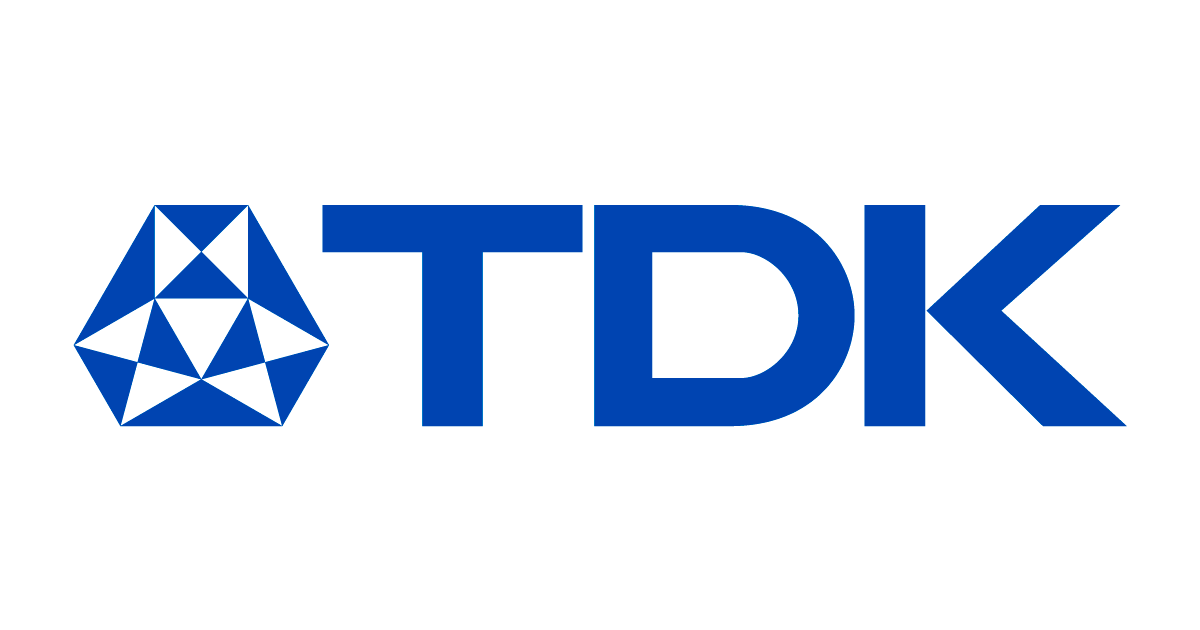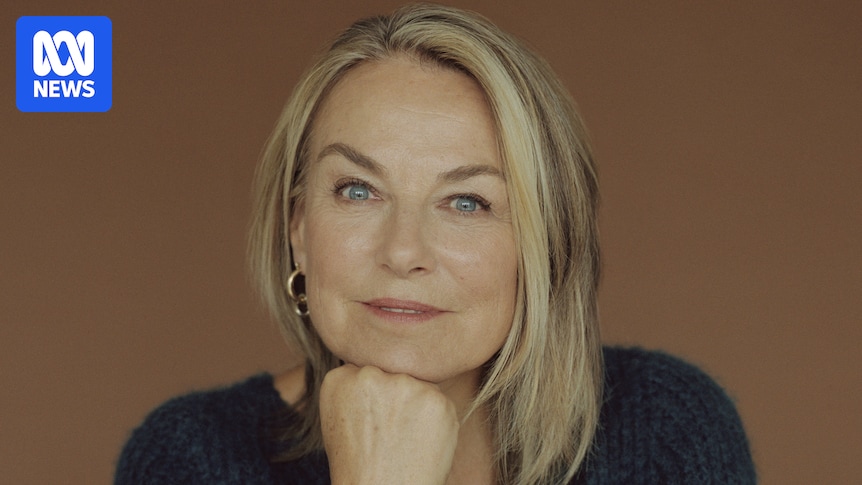STOCKTON, Calif. — The Washington women’s basketball team (10-2, 0-1 Big Ten) earned a statement win to close out non-conference play, using one of its best offensive performances of the season to beat Pacific (5-6, 0-0 WCC) 90-50 Sunday…
Blog
-

Boyd’s Career High Powers Wichita State to Dominant Win over EKU
Chargers 34-17 Cowboys (Dec 21, 2025) Game Recap – ESPN
- Chargers 34-17 Cowboys (Dec 21, 2025) Game Recap ESPN
- Don’t forget these 5: Herbert avoids sack, fumble Big News Network.com
- Steelers edge Lions as Bears, 49ers reach playoffs RFI
- Cowboys Fall To Chargers At Home KWKT – FOX 44
- ‘We picked it up’…
Continue Reading

Grand Rapids Griffins | Dropping Dimes
Notes
- The Griffins’ 25-1-0-1 edge continued as the best start in franchise history, and their 13-1 start on home ice stood as a franchise-best.
- Since 2021-22, the Griffins are 17-9-4-4 against the Monsters, and have lost just once in regulation…
Continue Reading

Honor Win hands-on – GSMArena.com news
Honor is set to dip its toes in the gaming phone sphere with the unveiling of the Win series. The phone is going official on December 26, but we managed to spend some time with it earlier and see what it’s about.
The headline feature of…
Continue Reading

How the 7 Kanneh-Mason siblings became classical music sensations
Let us make the case that the most successful music conservatory is not in Paris, Vienna or Berlin but rather, in a house on a tree-lined street in Nottingham, England. It might be an unpretentious structure, but it’s there that seven…
Continue Reading

3rd Quarter of FY March 2026 Performance Briefing
[ Cautionary Statements with Respect of Forward-Looking Statements ]
This material contains forward-looking statements, including projections, plans, policies, management strategies, targets, schedules, understandings and evaluations, about TDK or its group companies (TDK Group). These forward-looking statements are based on the current forecasts, estimates, assumptions, plans, beliefs and evaluations of TDK Group in light of information currently available to it, and contain known and unknown risks, uncertainties and other factors. TDK Group therefore wishes to caution readers that, being subject to risks, uncertainties and other factors, TDK Group’s actual results, performance, achievements or financial position could be materially different from any future results, performance, achievements or financial position expressed or implied by these forward-looking statements, and TDK Group undertakes no obligation to publicly update or revise any forward-looking statements after the issue of this material except as provided for in applicable laws and ordinances.
The electronics markets in which TDK Group operates are highly susceptible to rapid changes. Risks, uncertainties and other factors that can have significant effects on TDK Group include, but are not limited to, shifts in technology, fluctuations in demand, prices, interest and foreign exchange rates, and changes in economic environments, conditions of competition, laws and regulations.
Continue Reading

Building a village means showing up even when it feels hard, says Esther Perel
Many parents will agree with the saying “it takes a village to raise a child”, and yet they’re often doing it without one.
That’s according to Esther Perel, psychotherapist, author and host of the podcast Where Should We Begin?
“It’s not out of…
Continue Reading

Witkoff says Miami talks with Ukraine, Europe and Russia ended on a ‘productive note’ – Firstpost
US President Donald Trump’s Special Envoy Steve Witkoff said on Sunday that he held “productive and constructive” talks in Florida with Ukrainian and European representatives to end the nearly four-year-long war between Russia and Ukraine.
Continue Reading

